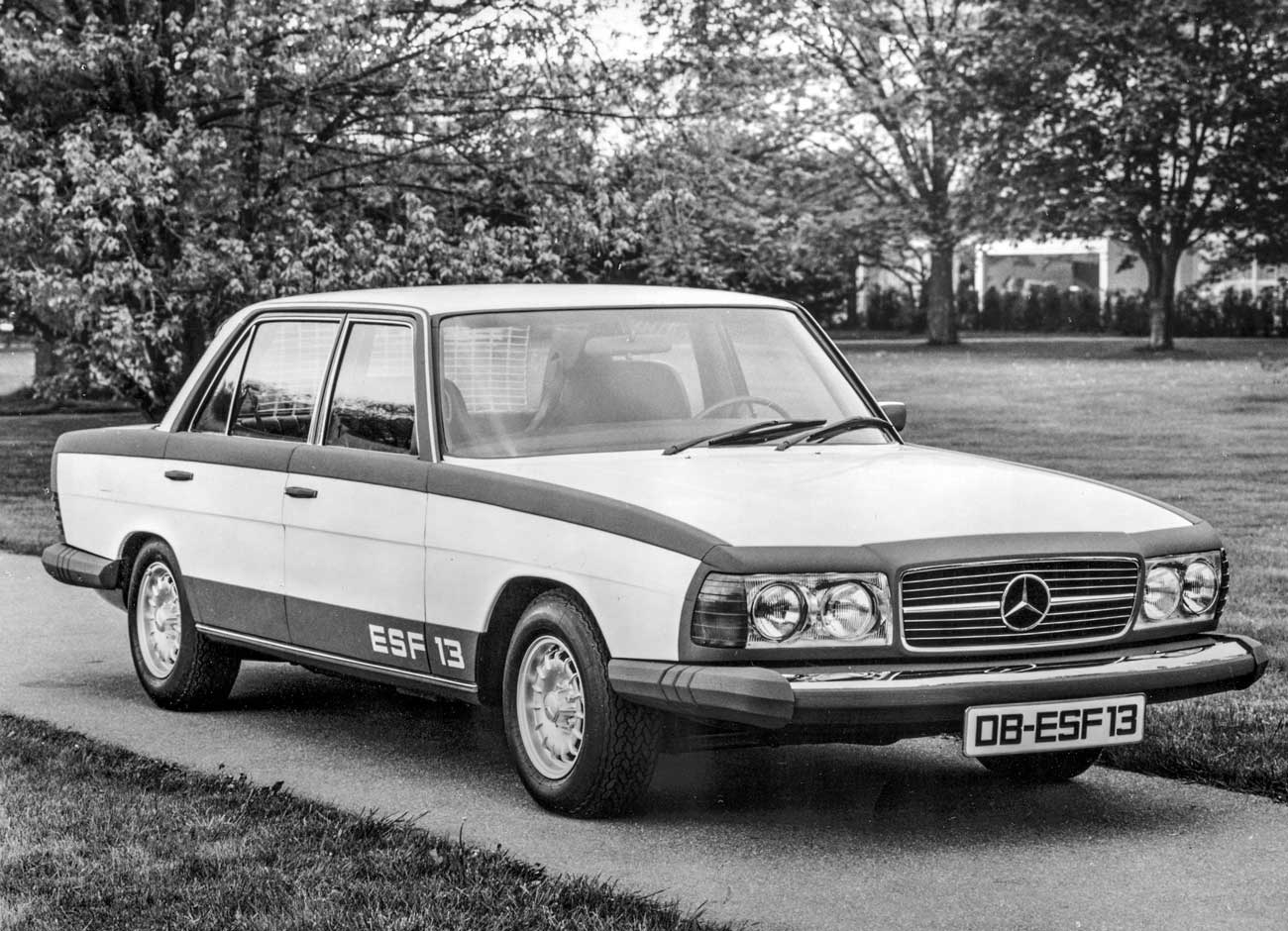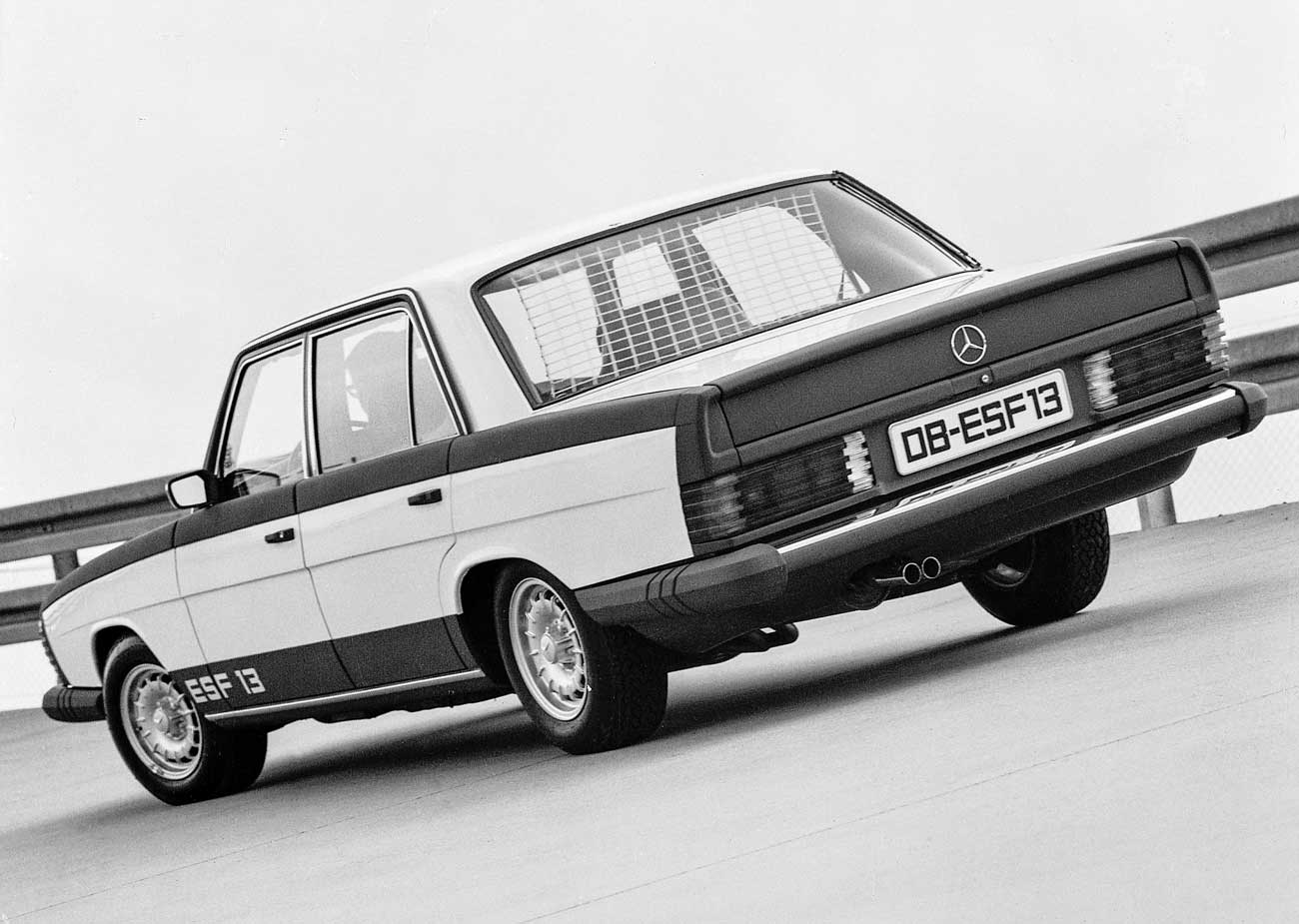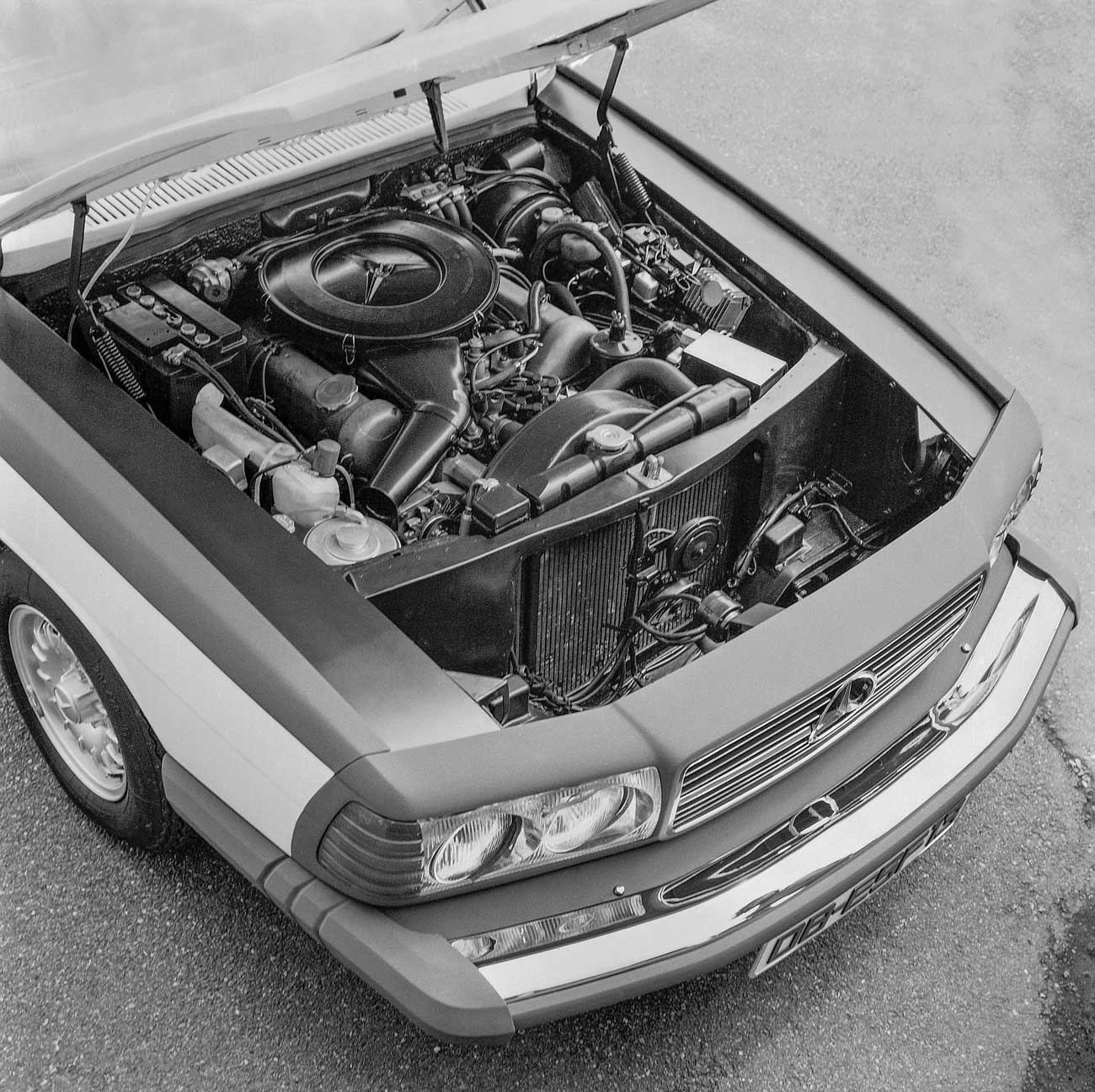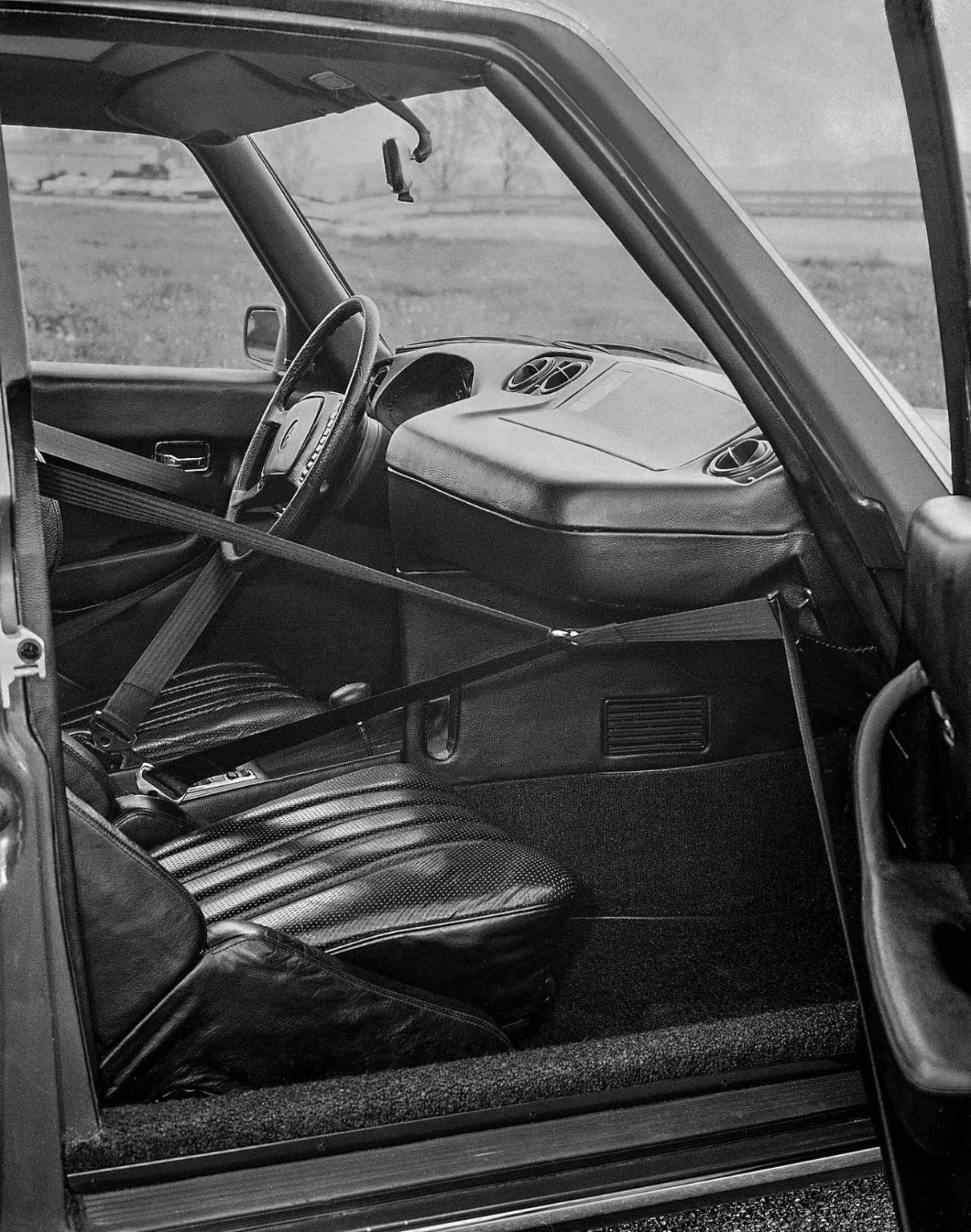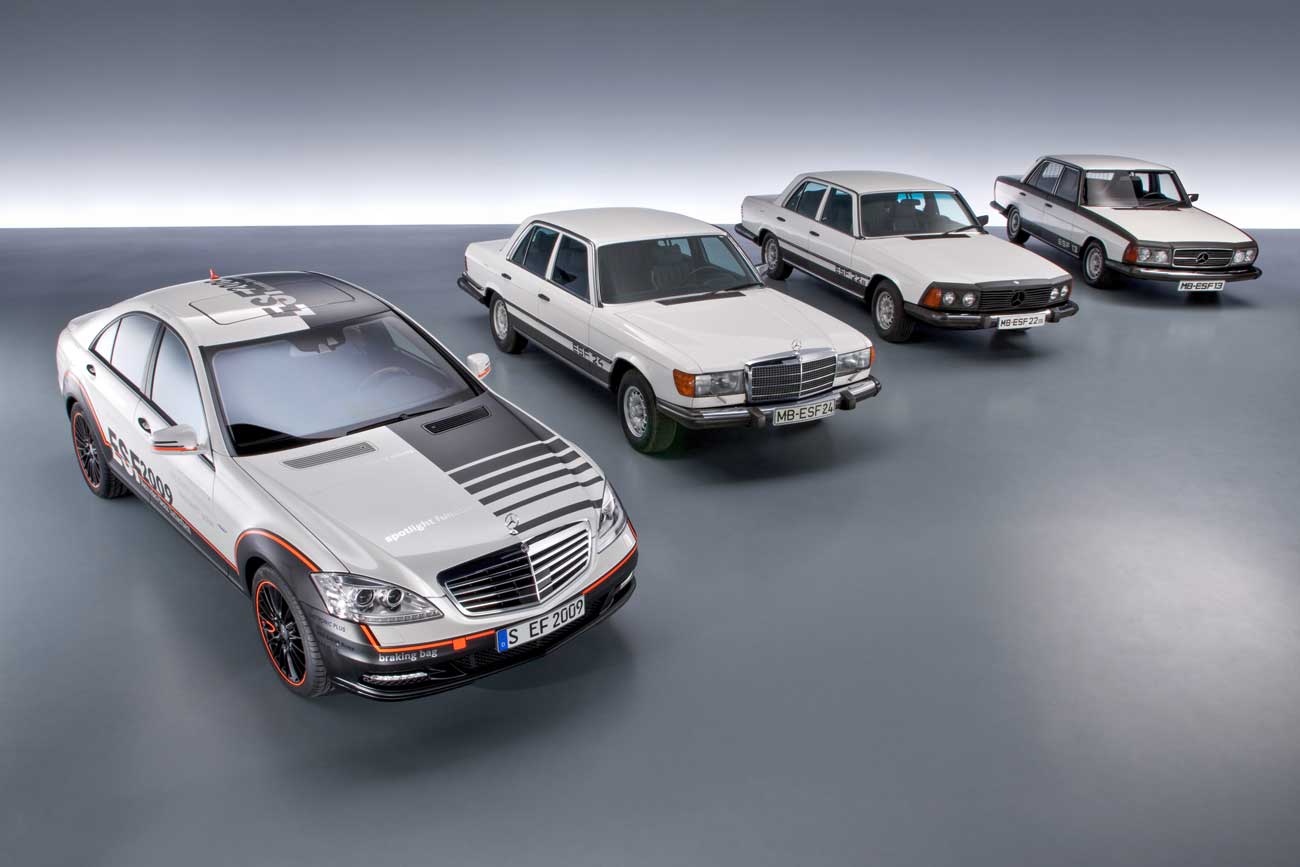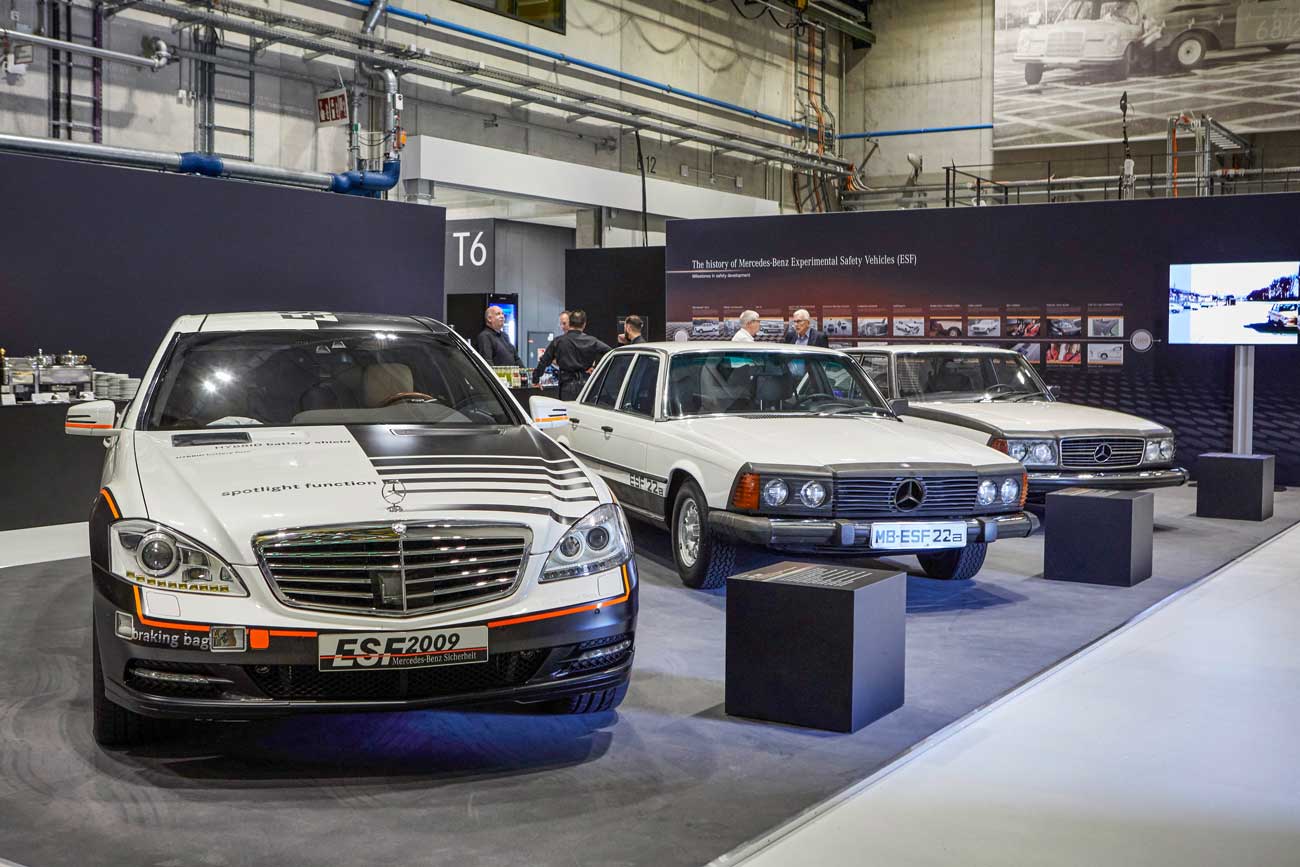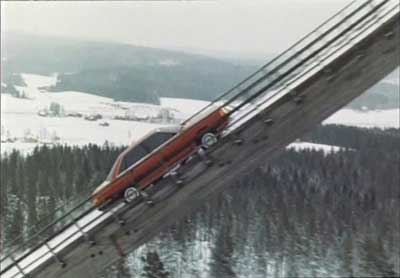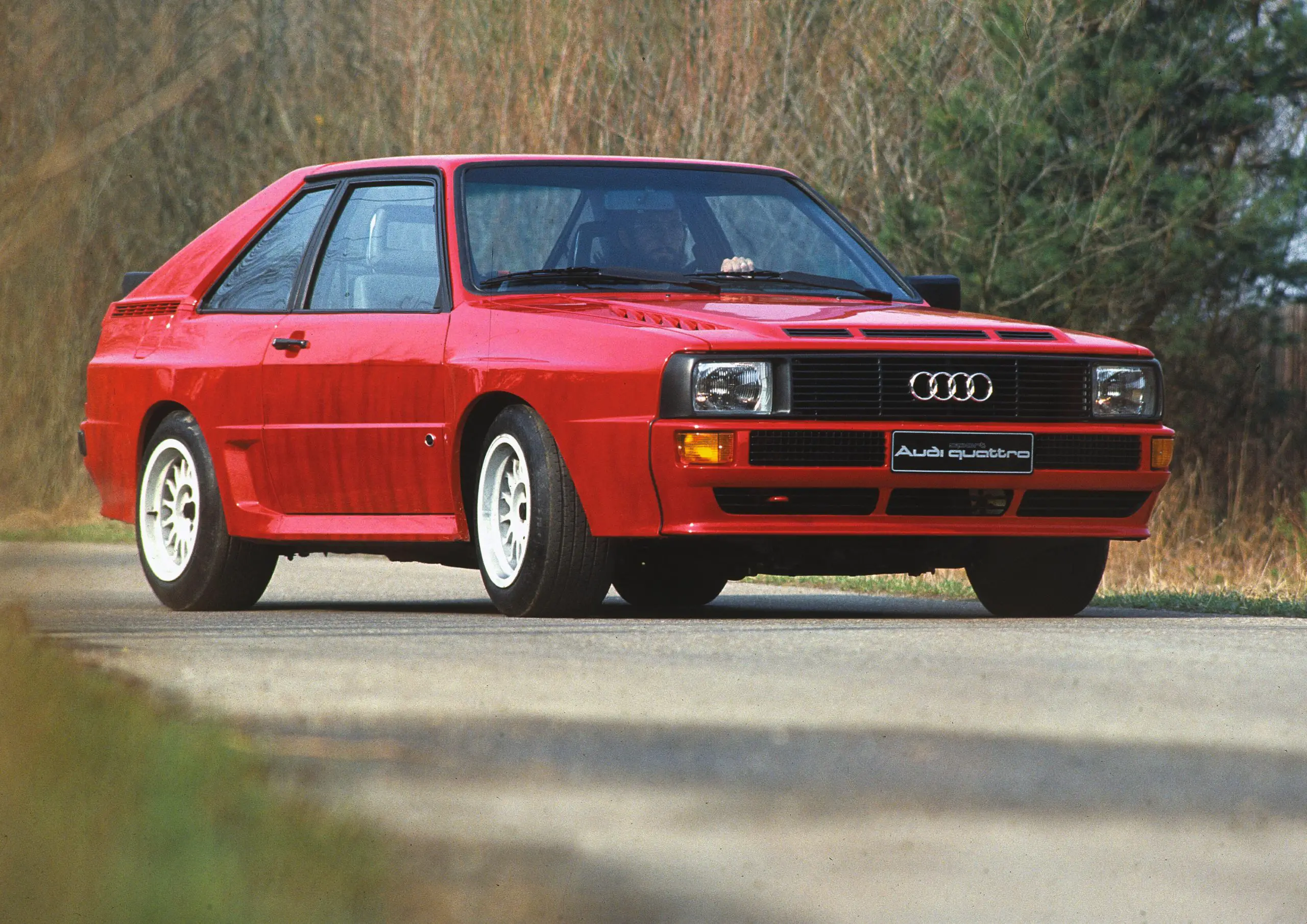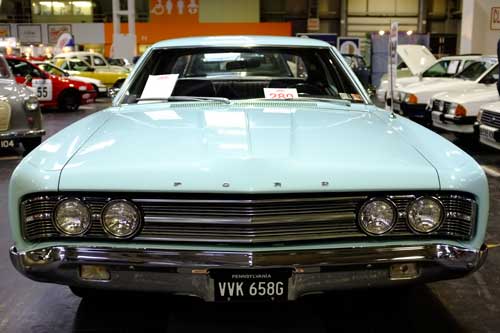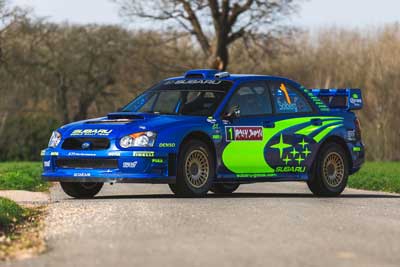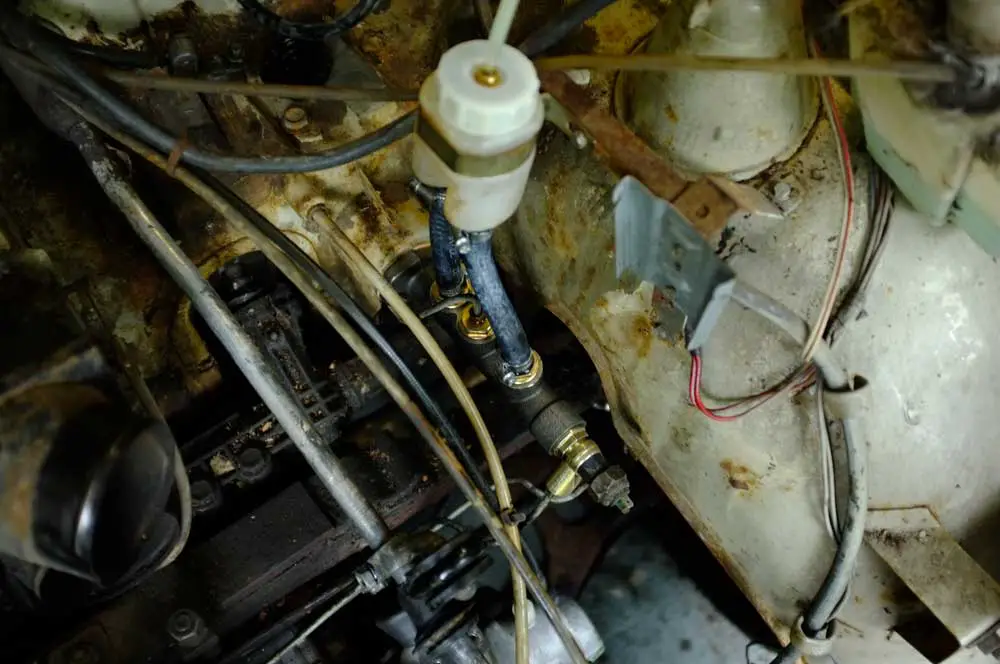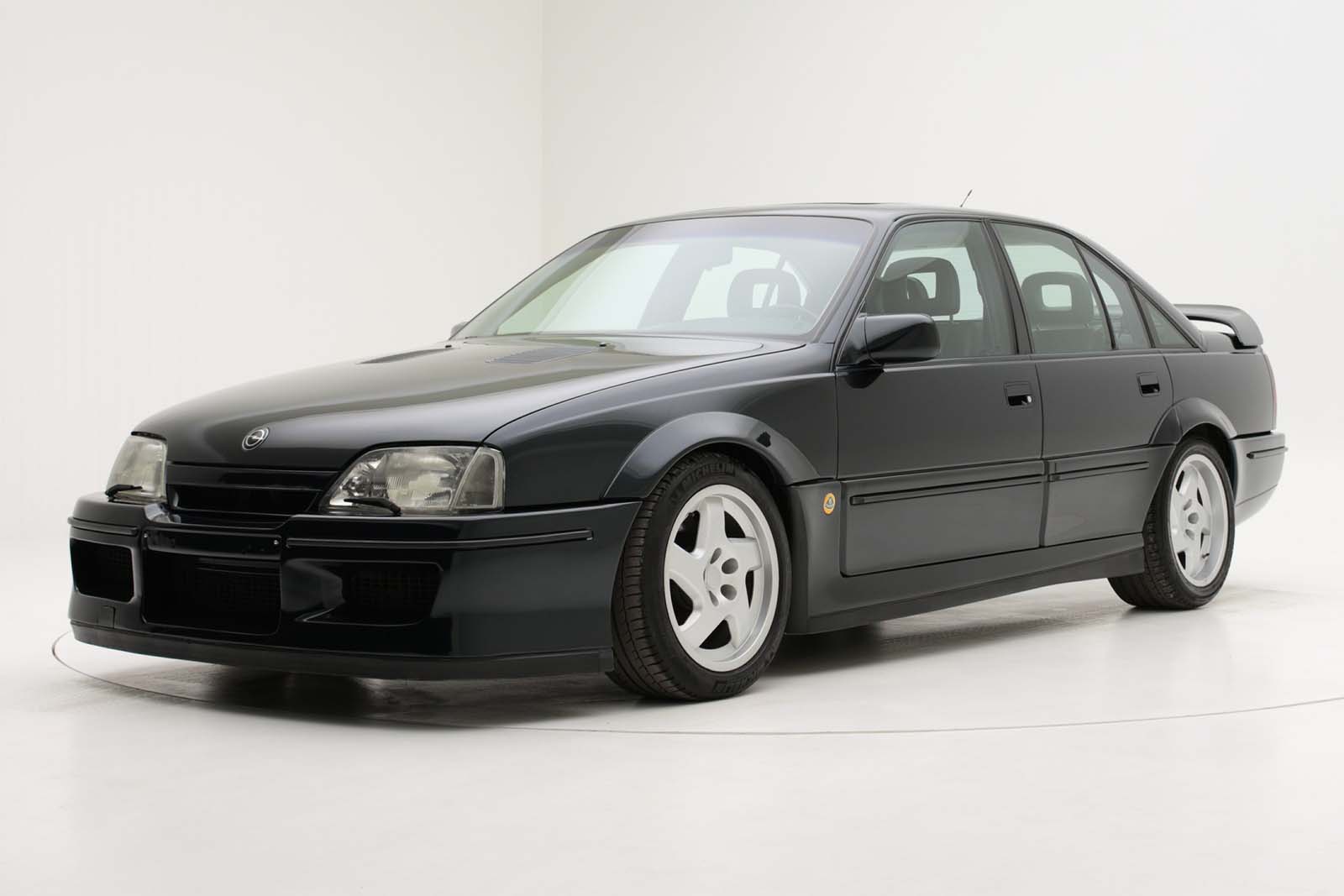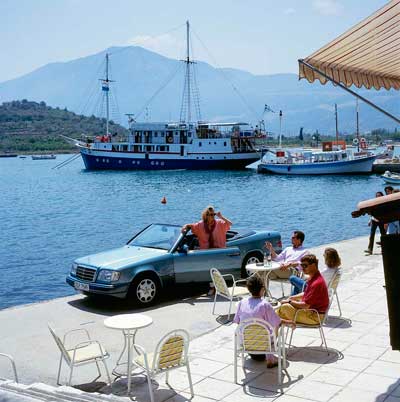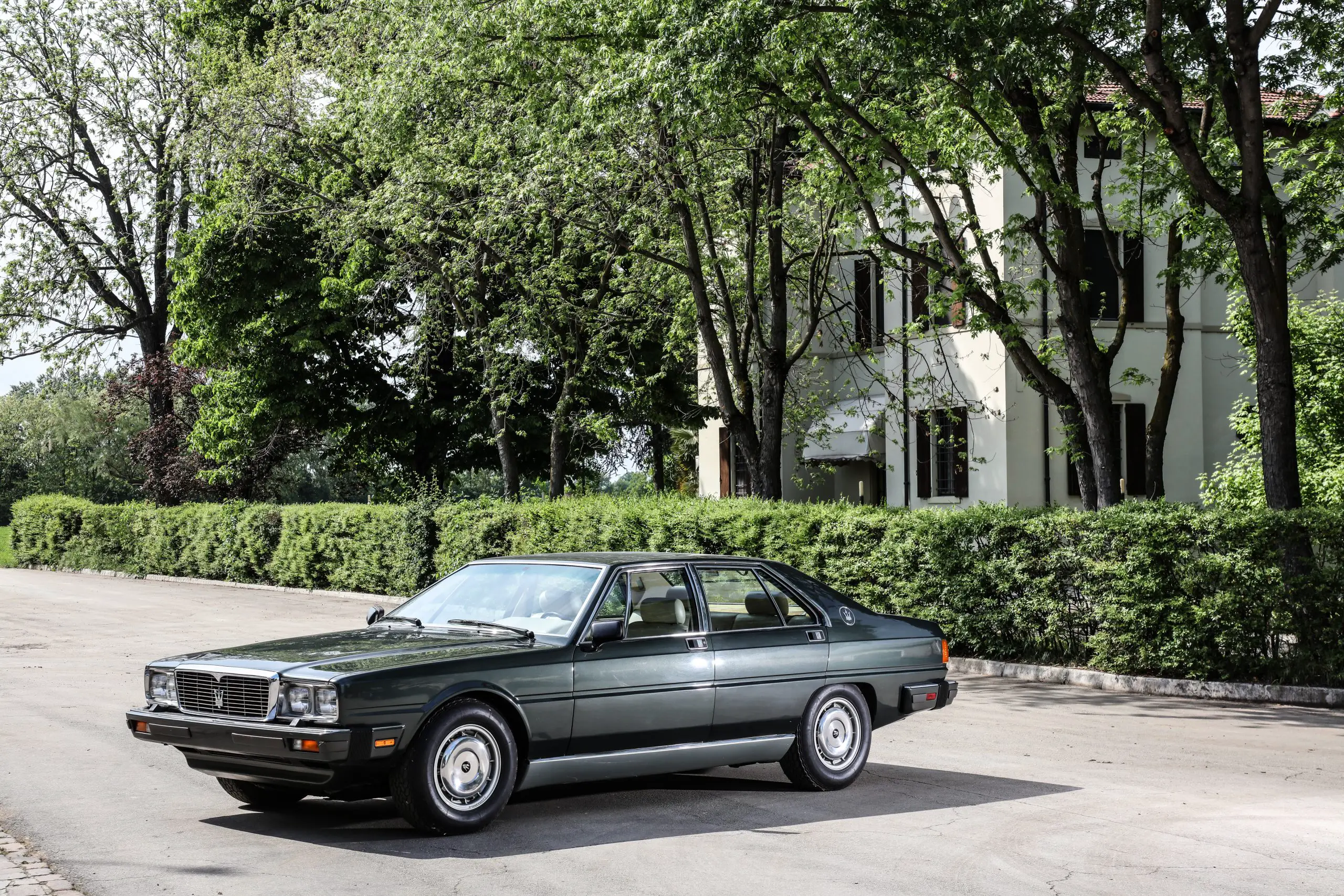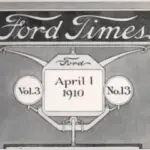
Safety First In The 1970s With Mercedes-Benz Experimental Safety Vehicle – ESF 13
Back in the 1970s Mercedes-Benz were developing new safety measures and came up with the Experimental Safety Vehicle, ESF 13.
This new car was first shown to the public at the Transpo 72 trade fair in Washington D.C on 31 May 1972. It was way ahead of its time featuring anti-lock brakes, ABS, Airbags for all passengers, halogen headlights and parallel wipers for the rear window.
ESF 13 represented a comprehensive programme of safety at Mercedes-Benz in the 1970s which led to the creation of 30 safety vehicle concepts.
In 1973 Mercedes produced ESF 22 which is currently on display at their Museum in Stuttgart in the Legend Room 5: Visionaries – Safety and Environment, 1960 to 1982.
The ESF concept didn’t end there, Mercedes have produced two more recently, in 2009 and 2019.
Transpo 72 was an international trade fair held in the capital of the United States of America from the 27th of May to the 4th of June 1972. The German research vehicle for improving vehicle safety was the highlight of the 3rd International Safety Vehicle Conference which was part of the Transpo trade fair from the 30th of May to the 2nd of June 1972.
Twelve ESFs from a mix of European, American and Japanese manufacturers were displayed at the conference and the one million visitors got a view into the future of automotive safety.
The new safety features developed in ESF 13 weren’t just evolution, they would provide a step change in vehicle passive safety.
The basis for the ESF was the Stroke Eight, W 114, and the 350 SL, R 107. Essentially ESF 13 was a development of ESF 5, also Stroke Eight based, which Mercedes had presented at the 2nd International ESF Conference in Sindelfingen on the 26th of October 1971.
A Mercedes-Benz 250 was taken as the base vehicle and used a range of parts from the 350 SL. Though it still looked like a Stroke Eight, the car did stand out as being quite a bit different, the much longer nose being one clue. But it was the technical innovation where the specification showed where the biggest changes could be found.
In addition to ABS, there were halogen headlamps, headlamp and winscfreen wash-wipe systems and also a parallel wiper for the rear window, other solutions were presented but this system was deemed to be the best.
Further improvments to passive safety for the vehicle occupants came in the form of compliant, flexible components, or they were clad with foam. This was also to reduce injusry to pedestrians upon impact with the exterior recieving similar treatment.
Auomotatically fastening three point seat belts in the front that secured the occupant when the door was closed and provided force limiters to prevent injury during restraint.
The safety steering wheel with its impact absorbing padding was supplemented with an airbag, the front seat passenger got one too. Not only that there were rear airbags too for the rear seat passengers.
Mercedes-Benz ESF 13 Specification
Restraint systems designed for impact speeds up to 80 km/h.
Five 3-point belts, each equipped with three force limiters, self-fastening in the front.
Driver and passenger airbags with additional airbags in the back of the two front seats for the two outer rear passengers.
V6 engine to allow additional space in the engine bay for crash deformation.
Impact areas inside the cabin padded with polyurethane foam, application was focussed on the doors, pillars and roof frame.
Electric power windows throughout to remove the crank handle in the door.
Halogen headlights with range control and wash wipe system. Rear window parallel wiper. Side marker lights, taillights with a standstill relay and control device.
Laminated, bonded front and rear glass windscreens.
Pedals with the lower part rounded off.
Anti-lock brakes.
These modifications obviously made the car bigger, but asl a lot heavier.
The overall length of 5,233 mm was 550 mm more than the standard car. The front and rear hydraulic impact absorbing bumpers were 420 mm and arranged so they could be accessed from underneath.
The weight went up to 2,100 kg, some 705 kg more than the standard Stroke Eight and as much as a modern S Class.
This does go some way to explain the weight gain of modern vehicles, thanks to their safety innovations. You could say that it all started here.
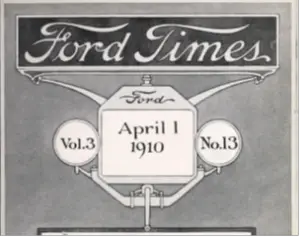
Ford’s Heritage Vault Makes The Ford Times Magazine Available To The Public
Ford’s expansion through the early 20th century was something to behold, the rapid growth of the company and the success of the Model T led
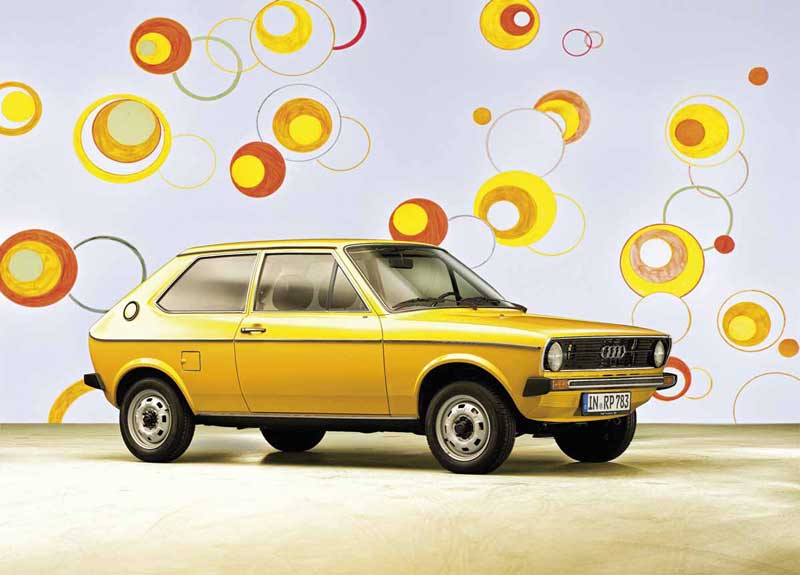
The Audi 50 At 50, Germany’s First Small Car
The Audi 50 that was the basis for the VW Polo is now 50. The small car was developed ahead of the oil crisis of
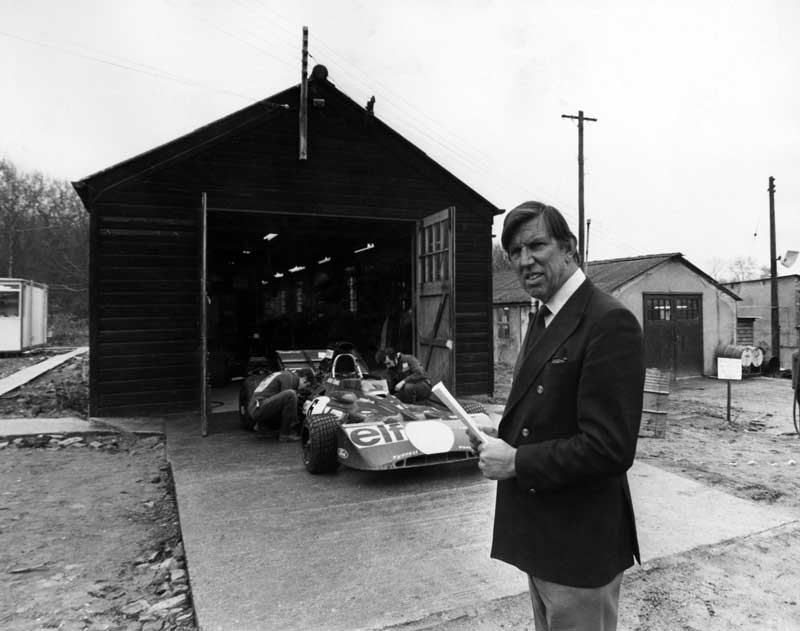
The Best Things Happen In An English Shed, Especially The Tyrrell Shed At Goodwood
The Tyrrell Shed once home of the World Championship winning Tyrrell Formula 1 team has been relocated to Goodwood and is set to open for
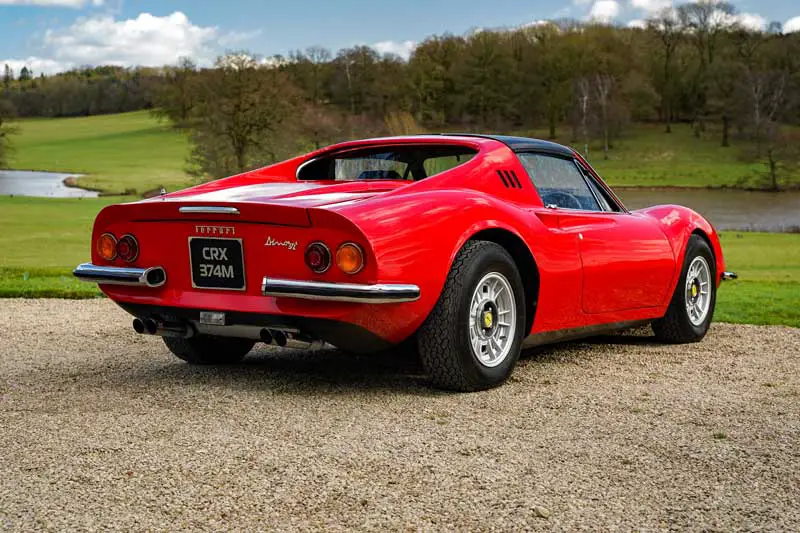
A 1973 Ferrari 246 Dino From The Manager Of Rock Legends Led Zeppelin Sold At Auction
Something of a piece of rock and roll history went for sale with the auction of Led Zeppelin manager Peter Grant’s old Ferrari 246 Dino
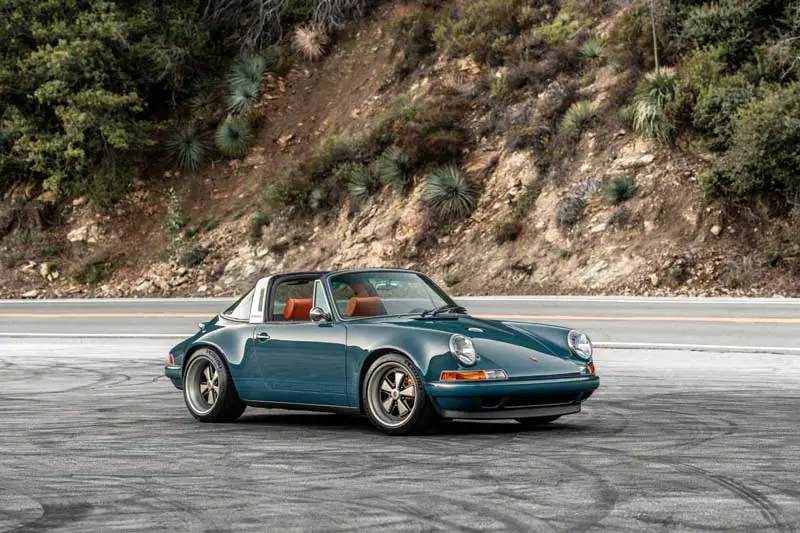
California Based Singer Has Completed Its 300th Restoration, The Sotto
Restomodders Singer have produced their 300th 911 already and it’s another964 based conversion called the Sotto. It’s almost hard to believe it was a964, though
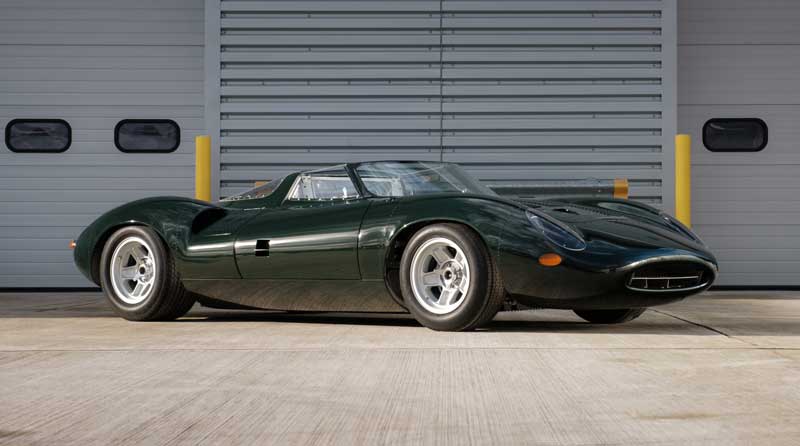
The True Spirit Of The Jaguar XJ13 Presented By JD Classics At Retromobile 2024
The masterpiece that is the Spirit of the XJ13 is unveiled at Retromobile 2024 by JD Classics of Chelmsford, England, and seen for the first
